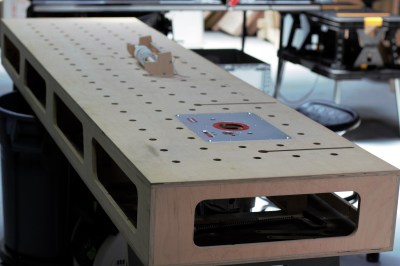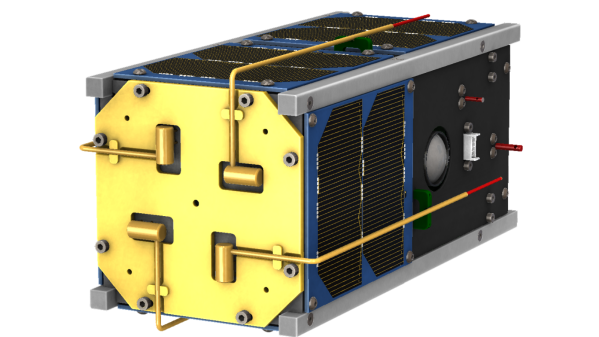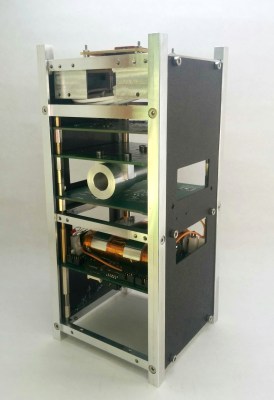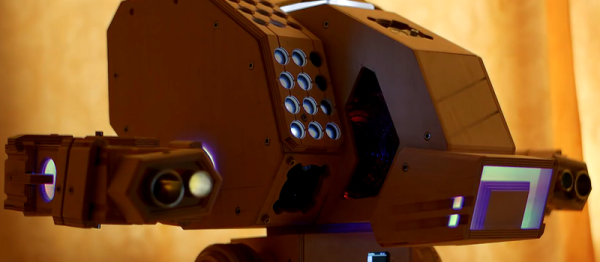There’s something alluring about radial engines. The Wasps, the Cyclones, the Gnomes – the mechanical beauty of those classic aircraft engines can’t be denied. And even when a radial engine is powered by solenoids rather than internal combustion, it can still be a thing of beauty.
The solenoid engine proves that he has some mechanical chops. If you follow along in the videos below, you’ll see how [Tyler] progressed in his design and incorporated what he learned from the earliest breadboard stage to the nearly-complete engine. There’s an impressive amount of work here – looks like the octagonal housing was bent on a press brake, and the apparently homebrew solenoids are enclosed in copper pipe and fittings that [Tyler] took the time to bring to a fine polish. We’re skeptical that the microswitches that electrically commutate the engine will hold up to as many cycles are they’d need to handle for this to be a useful engine, but that’s hardly the point here. This one is all about the learning, and we think [Tyler] has done a bang-up job with that.
For more radial solenoid engine goodness, check out this engine with an entirely different take on commutation. Or if you need the basics of radial engine theory, this wood mockup might be just the thing.
Continue reading “Scratch-built Radial Solenoid Engine Is Polished And Professional”





 The design demonstrated an affordable ground station which can be built at low-cost and linked into a public network to leverage the benefits of satellites, even amateur ones. The social implications of this project were far-reaching. Beyond the SatNOGS network itself, this initiative was a template for building other connected device networks that make shared (and open) data a benefit for all. To further the cause, the SatNOGS team set up the
The design demonstrated an affordable ground station which can be built at low-cost and linked into a public network to leverage the benefits of satellites, even amateur ones. The social implications of this project were far-reaching. Beyond the SatNOGS network itself, this initiative was a template for building other connected device networks that make shared (and open) data a benefit for all. To further the cause, the SatNOGS team set up the 












